Cards
(QUICK LINKS: Decks | plants | mammals | birds | | reptiles | fish | cephalopoda | insects | microbe | events
( scientist | project | modifier | technique |)
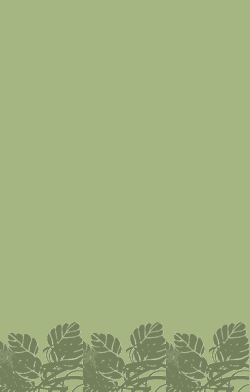
Tropical Forest
Habitat Card
2 POINTS
•This is a HABITAT card. You can start to build SPECIES from this card or connect to existing “compatible” networks.
• This card cannot be removed once played.

Bacillus subtilis
Bacillus subtilis

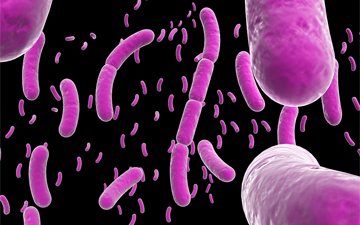
1 POINTS
Play: Bacillus subtilis is a PARASITE of any SPECIES card (except those under water).
Fact: can form a tough, protective endospore, allowing it to tolerate extreme environmental conditions.

Tritonia hombergii
Tritonia hombergii


9 POINTS
• Tritonia hombergii has a MOVE of 1.
• Tritonia hombergii may feed off of coral, sponge, and anenome species of higher SCALE
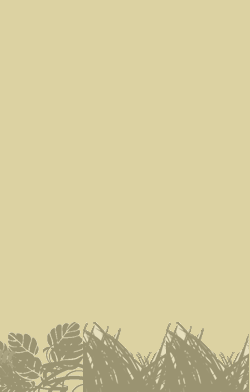
Atamasco Lily
Zephyranthes atamasca

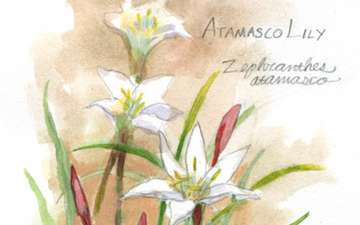
3 POINTS
• Zephyranthes atamasca has a SPREAD of 1 (requires a POLLINATOR).

Wild Daffodil
Narcissus pseudonarcissus

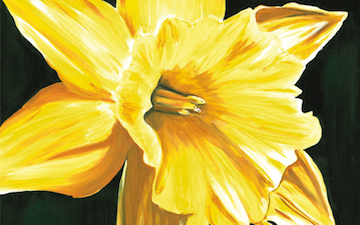
3 POINTS • Narcissus pseudonarcissus has a SPREAD of 1 (requires a POLLINATOR). Narcissus pseudonarcissus is the national flower of Wales.

Radish
Raphanus sativus

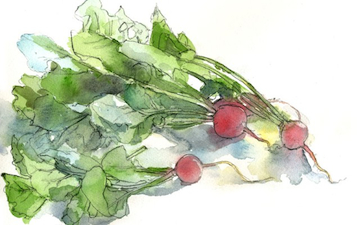
4 POINTS
• Raphanus sativus has a SPREAD of 1.
Raphanus sativuswas cultivated as a vegetable by the Ancient Egyptians several thousand years ago.